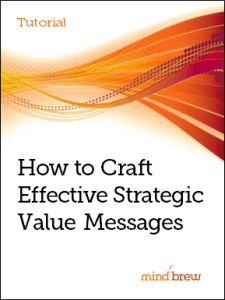Back in 2006, some of the people working for NGOs trying to combat malaria in Africa had a disagreement. Some of them thought it would be best to give away mosquito nets to new mothers for free so that as many people as possible would be able to protect their children from harmful mosquito bites. Others thought that charging a small fee would cause the families to value the nets more and thus make them more likely to use them.
It was an important debate because it could have had significant impact on the health of the region. More than a million people die of malaria every year — most of them in sub-Saharan Africa.
But discussing the issue didn’t result in a clear logical answer.
So how did they resolve the disagreement?
They ran an experiment where they gave some pregnant women free mosquito nets and offered to sell others the nets at a greatly reduced rate. Then they tracked usage of the nets and later cases of malaria.
It might not seem like malaria prevention has a lot to do with pricing. But this method for resolving arguments can actually be invaluable for pricing teams.
You see, many of the people in your organization probably have opinions about what your prices should be. And when you have meetings with them, it might be hard to convince them that your recommendations are best. It might not matter how much math you show them if your numbers counteract their gut instinct developed through years of experience.
Often these meeting result in stalemate with neither side willing to change their views. And that can be incredibly frustrating.
But there is a simple solution.
Many B2B pricing teams run experiments where they test their pricing recommendations on a small scale under controlled conditions.
This sort of pilot program is a win-win. If the experiment goes well, then the organization can feel confident rolling it out on a larger scale. If it doesn’t go well, then you have more data that you can use to tweak your models and come up with better recommendations next time.
If you structure your experiment carefully, making sure it yields good data, this approach can virtually eliminate arguments. Even better, it sets your company up for greater success.
If you’d like to conduct these kinds of experiments at your organization, check out the webinar on Pricing Pilot Programs. It offers guidance on designing your program, rolling it out, and measuring results.
And if you’re wondering about the malaria experiment, it turned out that charging for mosquito nets didn’t make families any more likely to use them. Health outcomes in both groups were about the same. But when they had to pay for them, fewer people took the nets.
The study authors concluded that giving away mosquito nets for free had the best impact on public health.
Good luck with your own experiments. Hopefully your data will be as conclusive.














